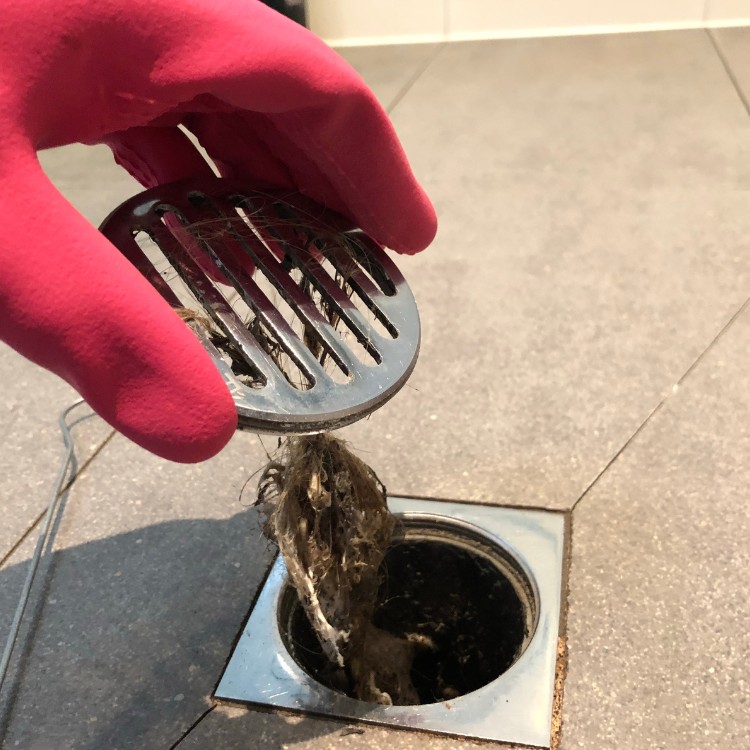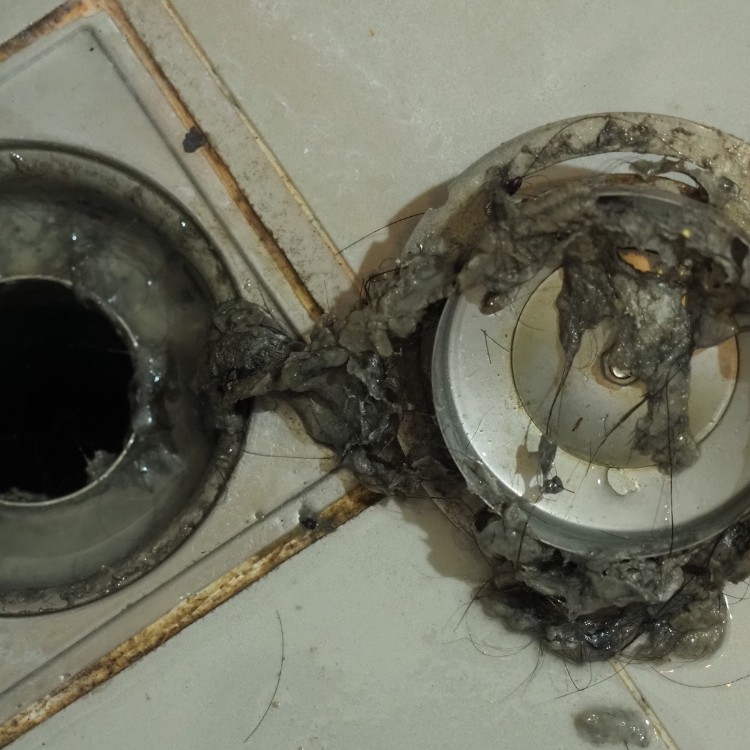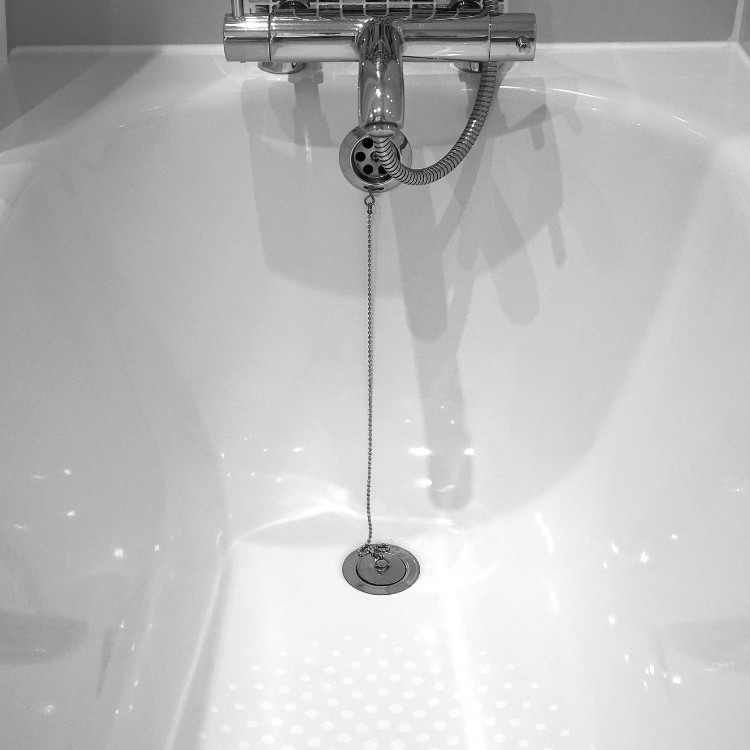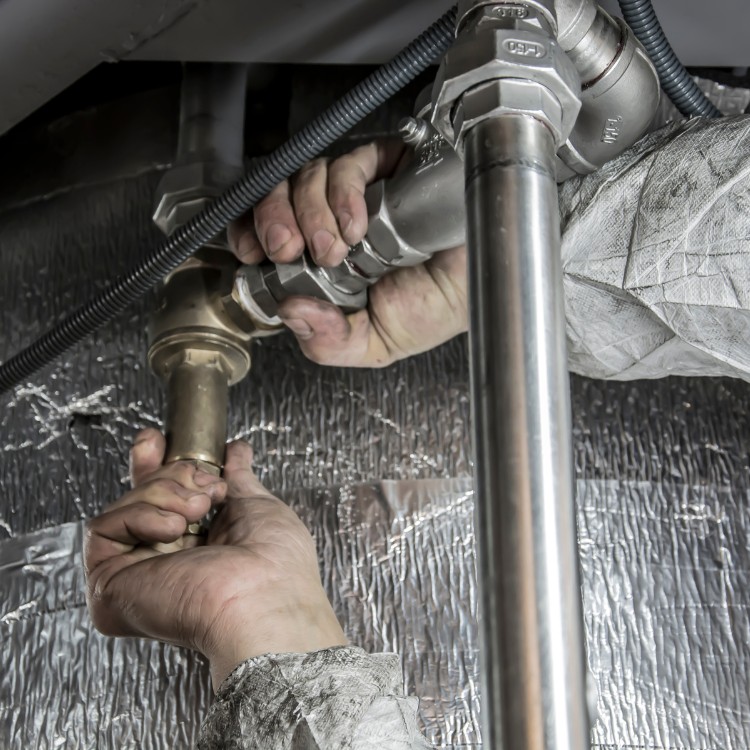Fats, oils, and grease cool and solidify on pipe walls, trapping food particles and forming stubborn blockages. In bathrooms, hair binds with soap scum to create dense clogs, while toothpaste residue, dental floss, and hard-water scale can constrict pipe diameter over time. In main lines, intrusive tree roots, corrosion, and shifted or bellied pipes further slow flow and lead to recurring backups.
Warning signs include water that drains slowly, frequent clogs in the same fixture, sewer odors, gurgling or bubbling sounds, and multiple fixtures backing up at once. Avoid chemical drain cleaners; their caustic formulas can damage pipes and fixtures. Safer first steps include plunging, using a wet/dry vacuum on small sinks, installing strainers, and scheduling professional cleaning before minor symptoms escalate.






